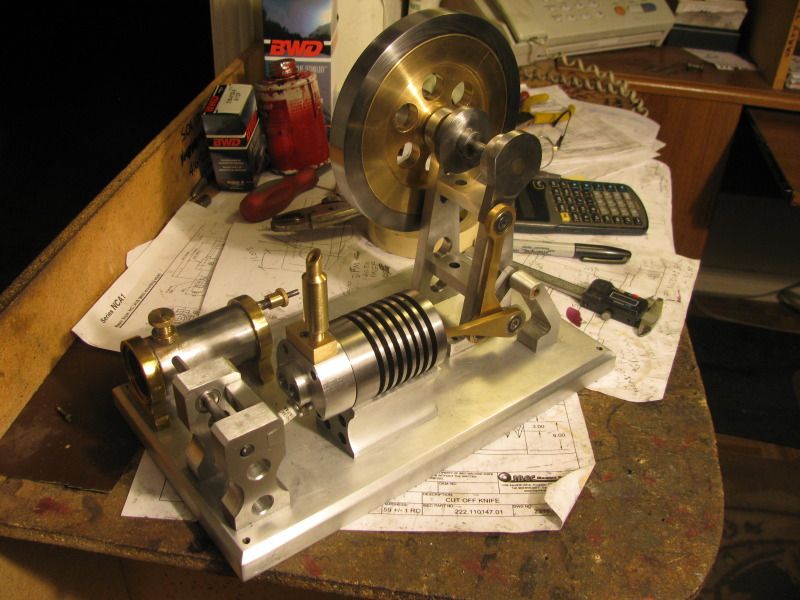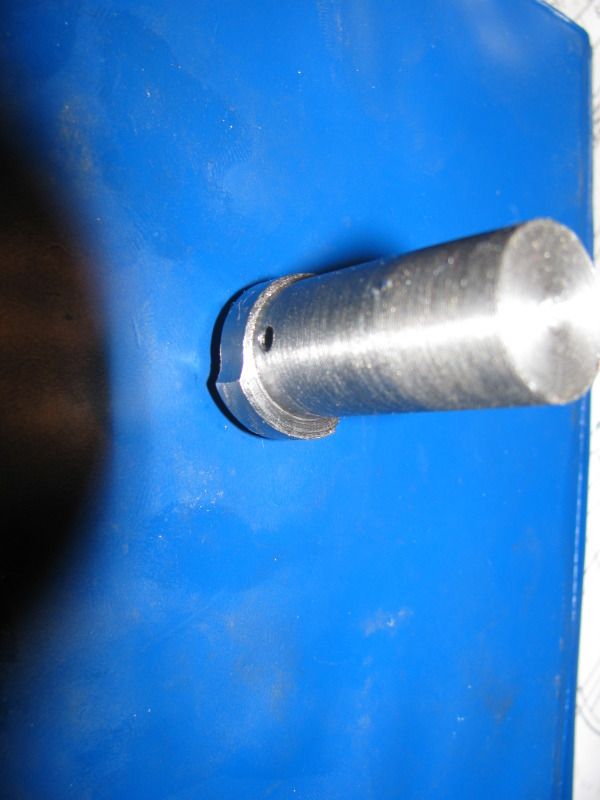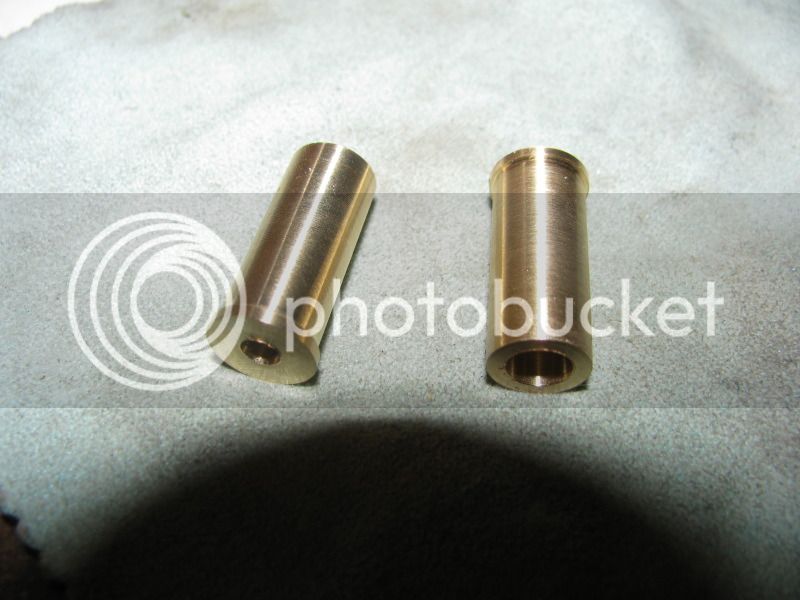That head is really nice. I didn't realize how big this model is. Should make some nice noise when it's running. 
Todd
Todd



![DreamPlan Home Design and Landscaping Software Free for Windows [PC Download]](https://m.media-amazon.com/images/I/51kvZH2dVLL._SL500_.jpg)








Yes, its a standard 12 volt automobile coil.Neat modification. Do you know what you will use for a coil?









